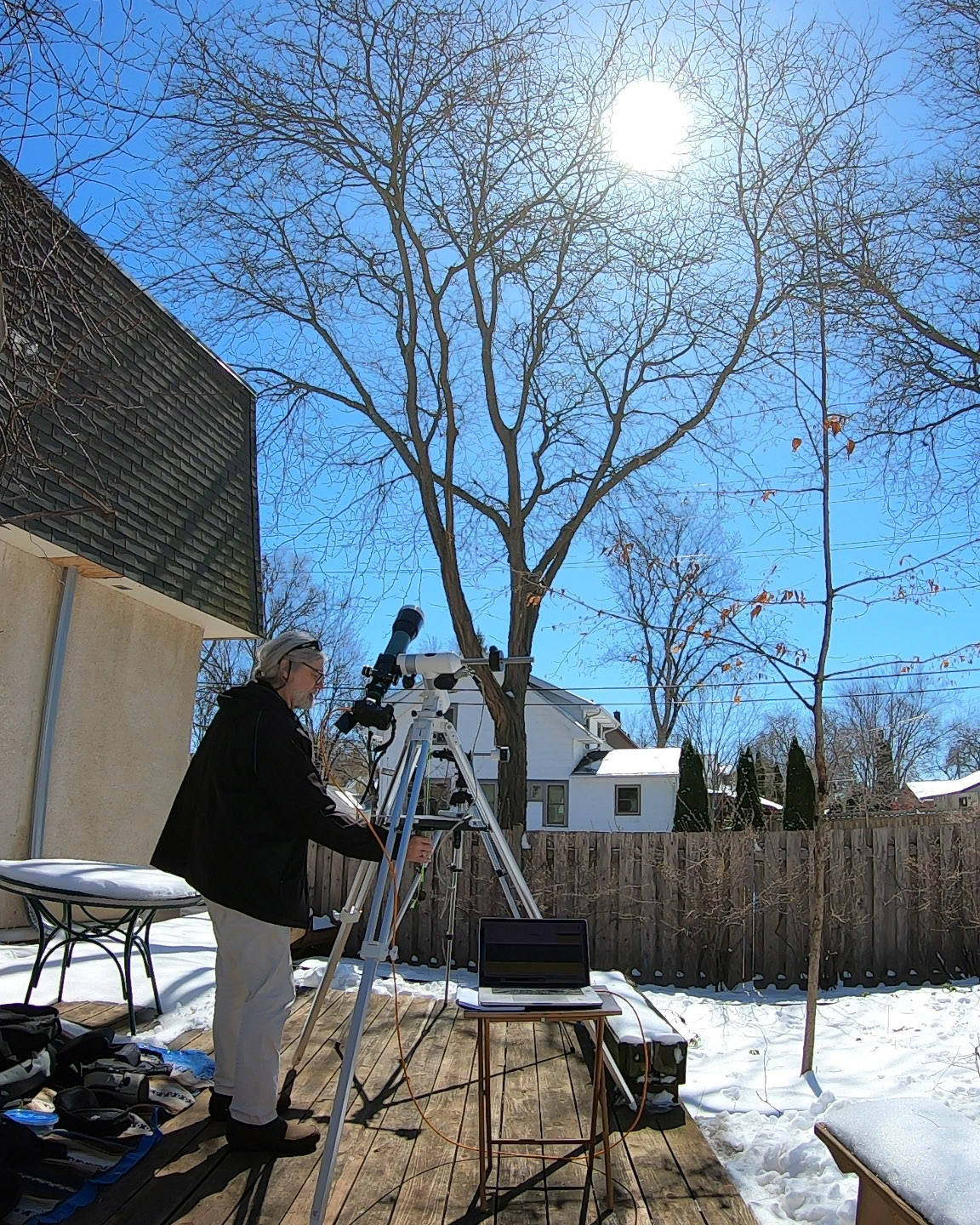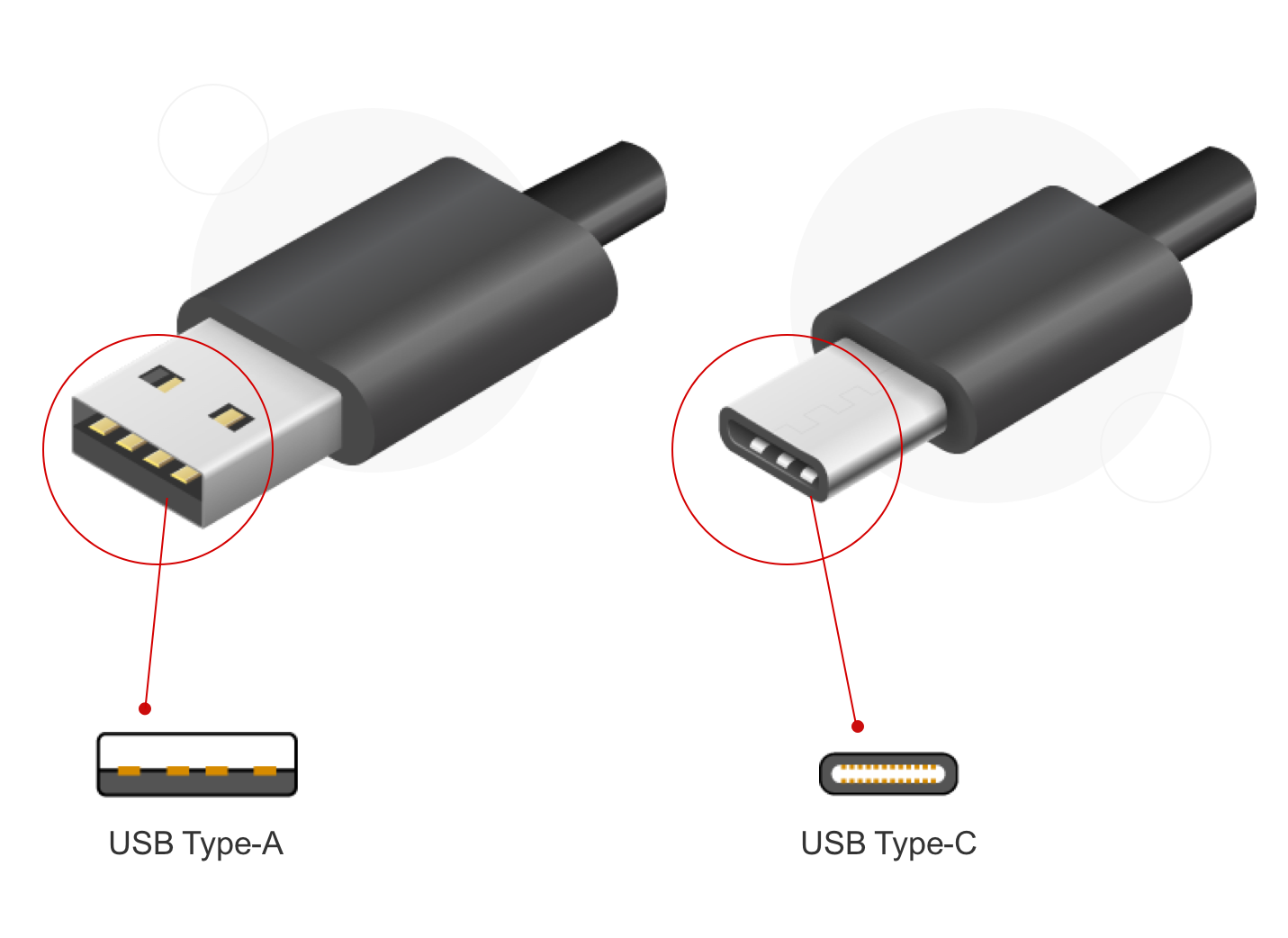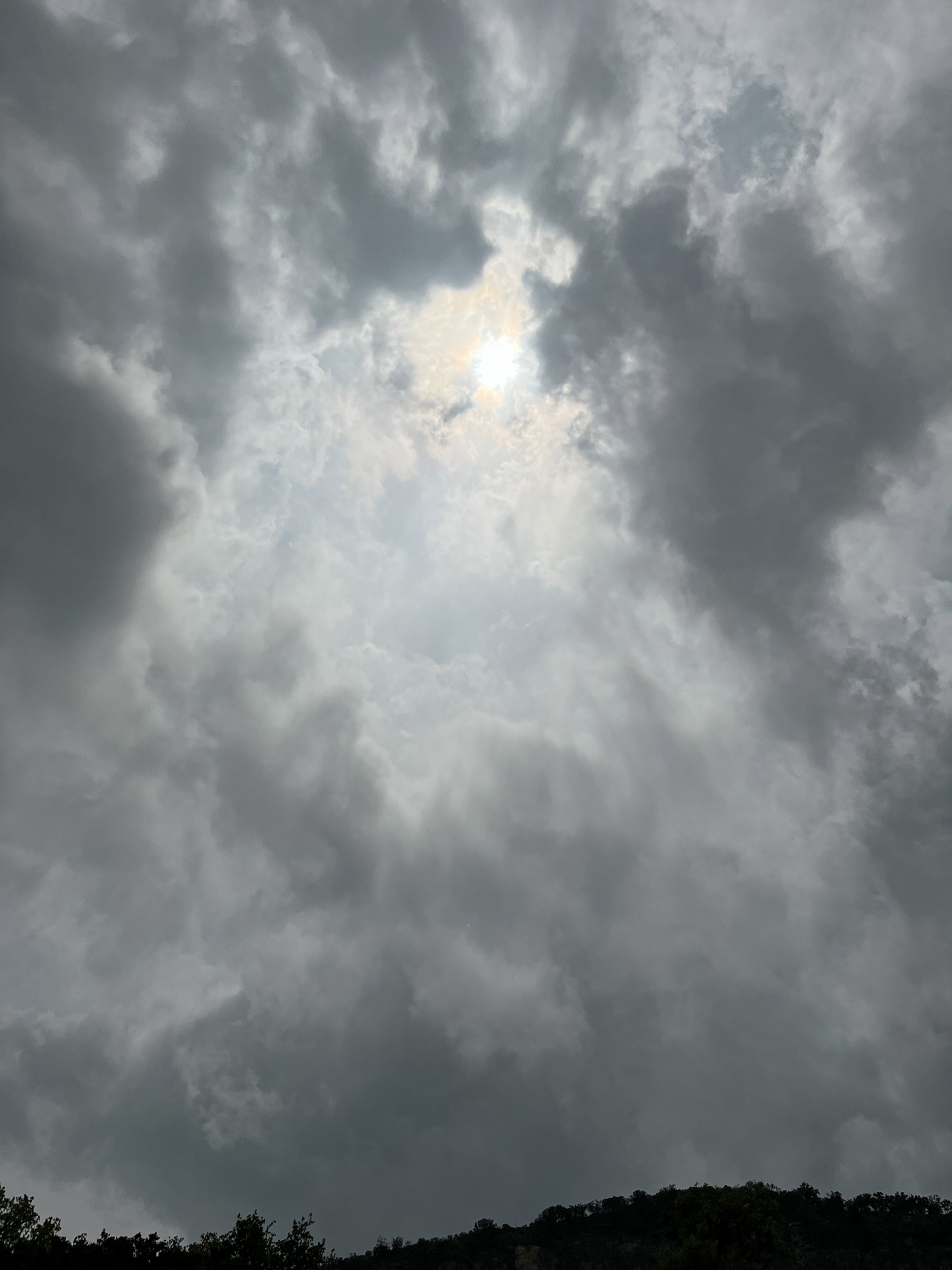
When I was first learning astrophotography, I had the bad luck of beginner’s luck. I got an early good result, a picture of the Andromeda Galaxy, and then spent years discovering all the things that can go wrong with this technical hobby.
The equipment has improved immensely since those days of making long duration, manually guided exposures onto film, but the opportunities for fatal mistakes has not seemed to diminish, and the challenges of solar imaging are no less demanding than those of deep sky imaging– just different.
So I knew that I needed to practice my plan to photograph the solar eclipse. There were too many things that all needed to go right, and too many opportunities to make a mistake.
An old school film camera has a small number of settings: the film speed, the shutter time, and the lens aperture. Oh, and remember to advance the film after each shot.
My most recent camera, a Canon EOS-Ra, has those settings, plus two dozen menus of options more. Many of them will interfere with the desired shot. They all have to be set to some compatible value.
The same is true for the computer– its carefully timed script can be thwarted by system chores like dimming the screen, sleeping to save power, network interruptions, and other tasks for programs running concurrently. We have all experienced times we can’t explain some peculiar computer behavior– momentarily locking up, ignoring keys or mouse clicks, or trying to help us out in some mysterious and completely unhelpful way,. The computer has more settings/conditions that can interfere with the shot than the camera does.
This is why practice is necessary.
So I performed no fewer than three dress rehearsals. One was indoors with camera and computer– the lens and mount were not included in that practice session.
Two full dress rehearsals occurred outdoors, at the expected time of day for the eclipse, but the wrong date, and the wrong location– Minnesota instead of Texas. But it was valuable! I encountered many issues– both mechanical and logistical/configuration/settings related, that I was able to identify and solve. And I re-familiarized myself with my equipment, having become somewhat rusty in my recent years of diminished observing.
I found the counterweight balance points for my mounts, the expected elevation and azimuth, and which side of the meridian to use. I rediscovered my right angle eyepiece. I used a magnifying loupe on the camera display and practiced live view focussing with a black cloth over my head. I discovered missing set screws, identified the camera settings to achieve the highest burst rate, and the computer settings to avoid sleep and shutdown events.
Dozens of things that if I had encountered them during the actual event would have stopped the whole show.
Among the things I discovered was that my laptop battery was not lasting the whole three+ hours needed for my timelapse. I learned that other applications, especially web browsers, of which I normally have two opened with multiple tabs and windows, were huge energy draws. I determined that shutting down everything except what was essential, and starting out with a fully charged battery, would be adequate for my task. Still, I checked that I could run my laptop from an external 12V battery and an adapter cable if needed.
But here is where the story gets more complicated. My laptop can run and charge from its USB port, but it is a modern USB-C port, not the familiar rectangular, flat, one-sided USB ports that became ubiquitous for wall chargers and printer cables and always seemed to be “wrong way up” when you tried to plug them in. USB-C connectors can plug in either way and also uses high voltage/high power to recharge things. It can still connect to the older, low-voltage devices, but it is limited to the low power rate.
There are USB to USB-C adapters, that allow the cables to interconnect as needed, but they don’t change the power levels up or down– they are limited to the low levels of old USB.
So with my collection of cables and adapters, I felt prepared for the unlikely event that the laptop would need supplemental power during the eclipse. I had addressed one more of the hundred ways to fail.

On the night before the eclipse I made sure to plug the laptop into a cable for charging, I didn’t realize that the other end of the cable was plugged in to the old USB style charger, limiting the charge rate to a trickle.
The next morning, “knowing” that it had been charging all night, I did not check the battery status– I assumed it was fully charged since it had been charging all night!
I set up my equipment for the eclipse and started the cameras right on schedule. Everything was working! I finally relaxed and enjoyed the time with my friends watching the increasing bite the moon made as it encroached the sun’s disk. We waited for openings in the clouds, and took pictures when they happened.
As we got to within a few minutes of totality however, I was notified that my computer would shut down unless plugged in! This was a surprise. We were only an hour into what should have been four hours of battery life!
I rushed to find the backup battery and its power adapter, but here too, I encountered a problem– the 12V car plug, had the old USB connectors– enough to slow down the drain on the laptop battery, but not enough to power the computer on its own. A few minutes before totality, the computer shut down.
It was a personally embarrassing moment. I had made the rookie mistake of not understanding the power requirements of my computer. It was highly confusing at the time– I hadn’t figured all this out yet– so I just accepted the failure, gave up on the cameras, and continued the visual eclipse watch with the crowd.
As it turned out, the clouds became more dense, not less, and during the four minutes of totality, the world became dark around us, the animals went silent, but the humans cheered anyway. No opening came along to allow a peak at the eclipsed sun or corona.
And four minutes later the world lightened, the clouds still obscuring the sun.
We were disappointed of course, yet everyone was in good spirits. It had been an enjoyable adventure to get ourselves to the centerline of the eclipse at the right time. If a 5-minute cloud obscured the 4-minute eclipse, well, we had done what we could, and Nature had done what it does: the moon obscures the sun, and the clouds obscure them both.
In another way, the clouds also obscured my mistakes in preparation. Now when friends ask about how my eclipse photos turned out, I can report that I was clouded out, not mentioning my equipment failure.
Imagine if the clouds had not been there– I would have no excuse for having no pictures, other than my own discovery of yet another thing that can go wrong with astrophotography.

Thor and Poldi’s Eclipse Party 2024
previous | beginning | next


Pingback: Eclipse Party 2024- eclipse day! | Thor's Life-Notes